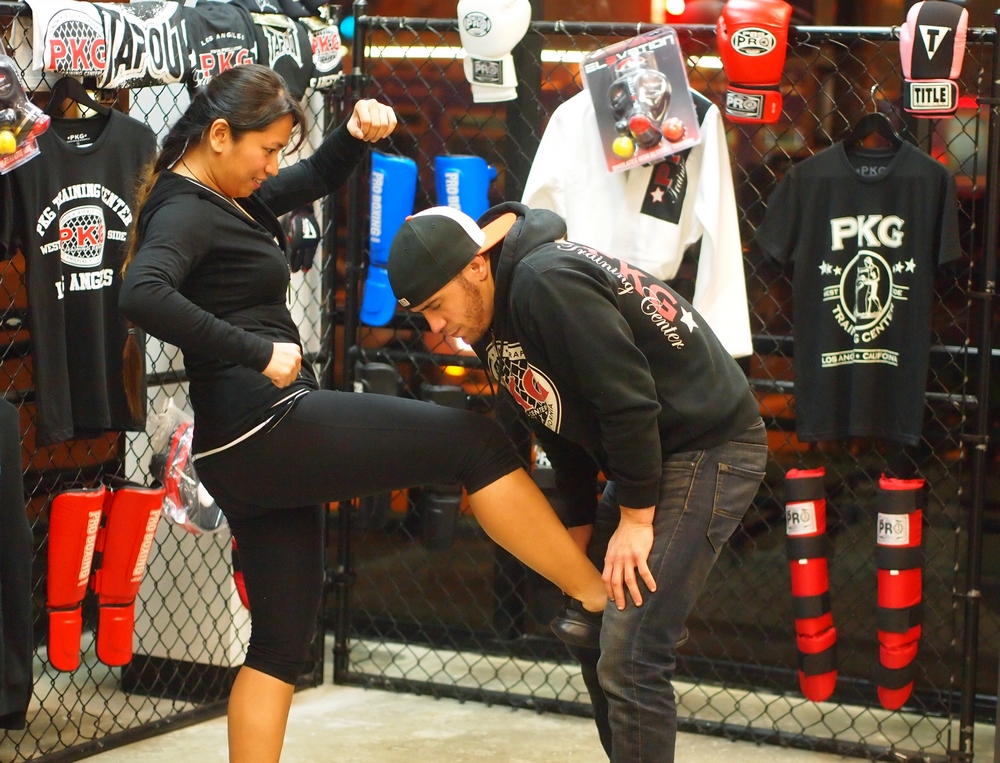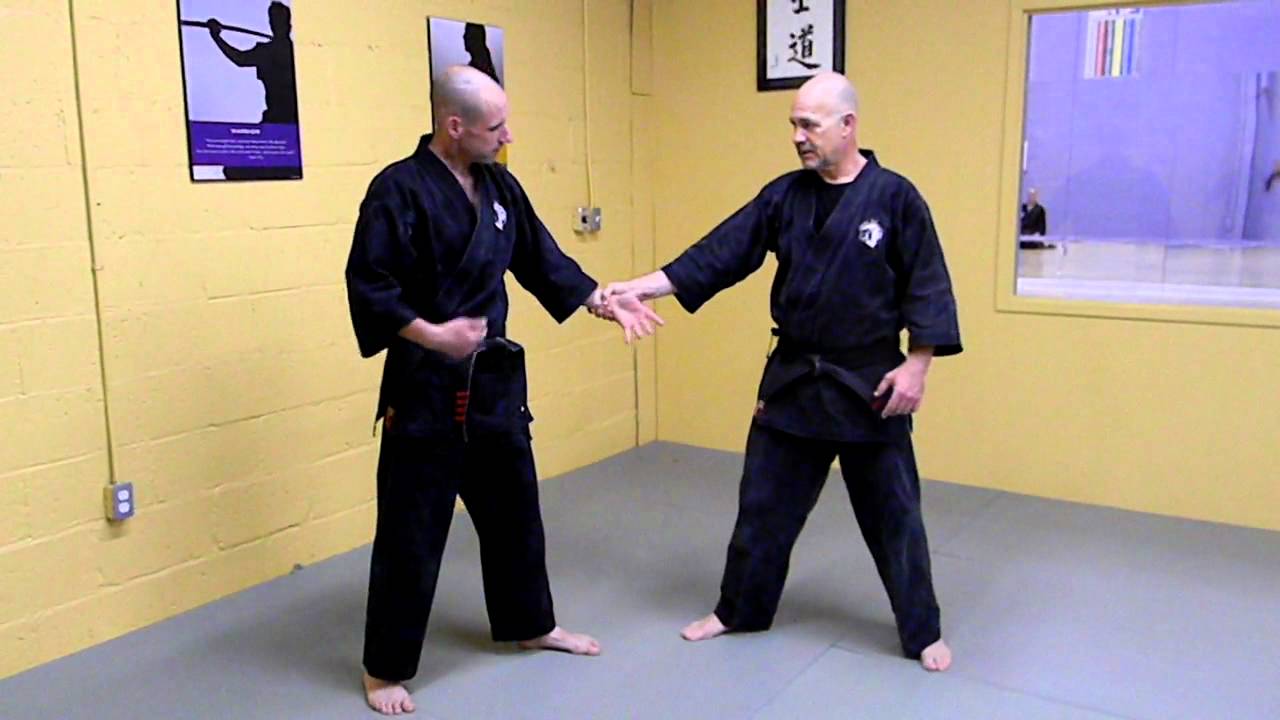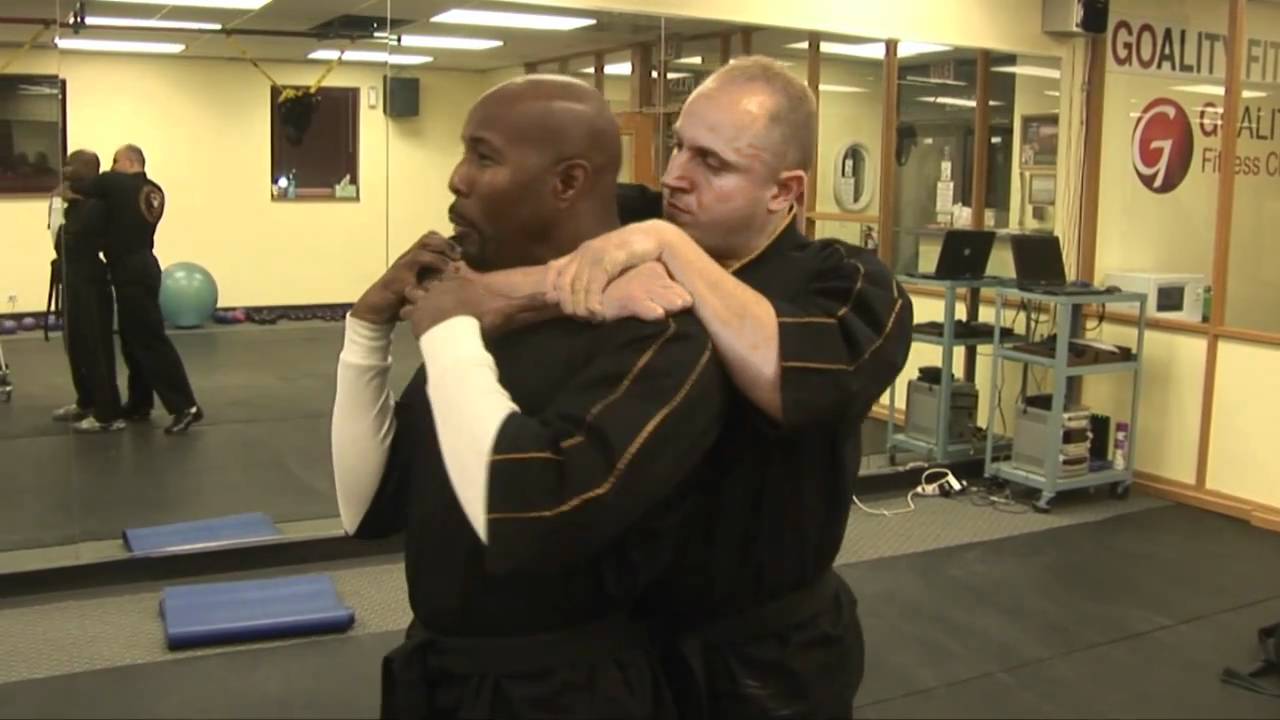Some Basic Self-Defense Moves Anyone Can Learn
https://www.youtube.com/watch?v=ORAOkP1h3R0
Simple tips to protect yourself
In any situation, you want to prevent an attack or diffuse a rough situation before it leads to physical violence. Always stay in well-lit areas, avoid walking alone at night if you can especially in unfamiliar areas, and be aware of your surroundings. But sometimes, especially in the case of a surprise attack, that’s not possible.
The best way to fend off an opponent is to go for their weak points. Regardless of size, the human body’s universal weak points are the eyes, nose, ears, neck, groin, and the legs, especially the knees. Go to whichever area you can most readily hit.
If your attacker grabs you, make sure to move with their movements instead of trying to struggle or yank away and create resistance. Think of an old finger trap puzzle—pulling your fingers apart tightens the trap, but when you move your fingers together, the strap loosens. The same applies to trying to get away from someone holding you—the tighter you pull, the less strength and area of motion you have to work with.
Use what you have available
If you can, you can also use something on your person as a weapon. Holding your car keys in the spaces between your fingers makes a very good improvised weapon to jab with. Anything with a pointed end, like a pen or pencil, can be used to hit the attacker’s vulnerable parts, such as their eyes, nose, and neck. It may be unpleasant to think about, but you have to make use of what you have. Don’t forget one thing you carry around all the time—your fingernails.
If you ever find yourself in an attack, these moves may come in handy to free you. Make sure to not only read but practice them to fully retain how to do them. You want proper defense moves to become as instinctive as possibly—because when the time comes, you won’t have much time to think or react.
Basic punch
A closed-fist punch is a basic move to learn before advancing. Aim to hit square with the center of your fist and drive your fist forward using the full weight of your body. Make sure your wrist isn’t loose and that you don’t catch your target with the sides of your hand.
Straight groin kick
If you’re standing facing your attacker, kick your leg upwards like you’re trying to bring your foot up the attacker’s body toward their head. If this knocks them to the ground, you can either get away or punch one of the weak targets mentioned previously on the head. This can be used against female attackers as well—it is a vulnerable part of everyone’s body.
Go limp to get out of a bear hug
A bear hug involves the attacker (usually male) grabbing the victim (usually a woman) from behind and holding their arms tightly against their body. The best way to get out of this hold is to let your body go as limp as possible, as dead weight is harder to hold onto. Once you begin to slide, wiggle and contort your body around in whatever space you have available. Another method you can try is to smash your feet against the tops of the assailant’s, especially if you are wearing footwear with a sharp or heavy heel.
Escape from a wrist grab
If an attacker grabs you by the wrist, to break free move your arm upward and out in a circular motion in order to free yourself. Rotate your wrist as you’re making a bigger circle with your entire arm, which will break the person’s grip.
Upward kick
Try to stay on your feet during an attack. Once you get knocked down, you are far more vulnerable to injury, and it’s difficult to get back up with someone trying to keep you on the ground. Especially if that person is much bigger and stronger than you are. If you do happen to end up on your back, kick both feet up and out at your attacker as hard as you can, lifting your bottom off the ground for extra force. This has the potential to knock them back so you can get up and run away.
Save yourself from a chokehold
If the attacker has their hands around your neck, ignore the natural urge to pull them off. Instead, jam the heel of your hand up into the person’s throat as hard as you can. This will make it hard for him to breath and should take him by surprise. Another method is to curve your hands and tug the attacker’s thumbs away from your neck, which will break their hold. Either way, you have to react very quickly in a situation where your air supply is cut off, as you risk passing out from oxygen deprivation.
Headbutt their nose
A headbutt is a move you need to use with caution, as you could injure your head. In a dangerous situation, however, it may be necessary to take that risk. If your attacker has you in a bear hug or other similar hold from behind, and nothing else is working, drop your head forward and then whip it back as hard as possible—without pulling your own neck. If you make contact with their nose, the pain should stun and distract them enough for them to release you.
Once you get your assailant off of you and down on the ground or otherwise incapacitated, your next step should be to run away. Don’t continue to hit them, even if you want to. Your goal is to get away from danger as fast as you can, preferably finding other people who can help.
By memorizing these basic self-defense moves and practicing until you are comfortable, you will greatly increase your ability to fend off a potential attacker. Practice is an essential component—you want to make a defensive reaction as natural as possible. Knowing that you could protect yourself if the situation does arrive will make you feel safer and more confident in your daily life.